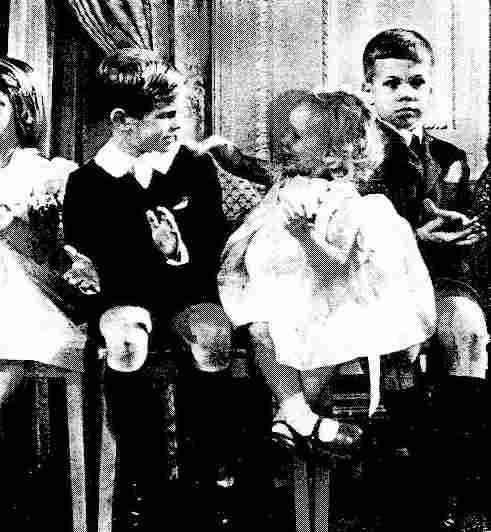
Figure 1.--De Rham's daughter, Georgiana, is old enough to attend classes, but a bit to young to be expected to follow his rules about how to sit.


Figure 1.--De Rham's daughter, Georgiana, is old enough to attend classes, but a bit to young to be expected to follow his rules about how to sit. |
De Rham permits parents to sit on on the classes for certain occassions. He is more willing to let the parents of the younger children sit in. For the most part he bans the parents from the ballroon\m during lessons.
The parents, almost always mothers, have little roles in de Rham's classes. Occasionally they may help staff a mock receiving line. But basically they just wait in the corridors. Often the younger children want their mothers there for support. Older children, especially the boys, are a bit embarassed to have their mother's watch them or to have the other boys see their mothers hovering over them. They probably appreciate the fact that de Rham excludes then from the ballroom and does not allow the mother's to sit in.
The parents are never quite sure what to expect from de Rham. He in fact is as strict with them as the children. He told one Connecticut group, "You've sent your children to me to teach them manners. Well, they won't have any better manners than you have." Once a group of parents at the New River Club made the mistale of casually wondering in and sitting in available seats in the ballroom. De Rham stopped the class entirely and turned to the parents. "May I enquire," he asked, "who invited you. Since there are not enough chairs for both you and your children, Ididn't invite you, and since I happen to know that your children do not like you looking at them, I very much doubt that they did."
Some parents don't like what they see. They as members of socially prominent families are used to receiving defference for them and their darling children by employees. What makes de Rham a phenomenon is that he will have done of it. His approch is just the opposite. He rarely remembers even his "name" names. As aresult, it is not surprising that not a few parents take him up on his punch line. "If you do not likr how I teach, you can take your child out of the class.
De Rham even refuses to answer complaining letters. "Never put anything in writing," he explains. "I never put anything on paper," he says. Instead, he prefers to telephone his replies.
Many mothers just do not understand de Rham or his teaching methods. Some of the dxchanges with de Rham are legendary.
Another mother considering herself to be a education expert began to deliver a long-winded cririque of his teaching methods, "Today in modern education you do not ..." De Rham bruskly interupted, "You do not, I do. I am perfectly willing to listen to suggestions, I am not willing to listen to yapping." It is fair to say that the shocked mother had not ever been spoken to in that manner.
A third mother inquired sarcastivcally if he had any poor children in his classes. "Yes," replied de Rham, "my daughter."
A disdraught mother asked what she should do when she found her 8-year old son kissing a girl on the stair case. De Rham had no answer at all. "How should I know," he said. "I never kissed a girl until I was 21 years old."
A Newport mother objected when he called her 3-year old daughter a wodenhead which on reflection he thought to have been illadvised because of her age.
De Rham bridled, however, when the mother of a slightly older girl demanded that he apologioze for calling her daughter looked like a horse. De Rham replied, "I didn't say anything about her looks. All girls look alike nowadays and they all wear their hair the same way. If they are going to get a boy they better learn to dancde because they are never going to do it by their looks. What I said was your daughter danced like a horse. My exact words were that she was to go back gracefully and not like a dray horse backed into a stall."
More and more parents, who were at first shocked by de Rham, have come to realize that their children are getting a kind of teaching from him that they do not get anywhere else and that they badly need. If they do not get it from him, they will never get it.
Navigate the Historic Boys' Clothing Web Site: Navigate the Historic Boys' Clothing Web chronological pages:
Assessment
Christopher Wagner
[Return to the Main de Rham dance school routien page]
[Return to the Main de Rham page]
[Introduction]
[Activities]
[Bibliographies]
[Biographies]
[Chronologies]
[Contributions]
[Countries]
[Style Index]
[Frequently Asked Questions]
[Boys' Clothing Home]
[The 1880s]
[The 1890s]
[The 1900s]
[The 1910s]
[The 1920s]
[The 1930s]
[The 1940s]
[The 1950s]
[The 1960s]
[The 1970s]
Created: April 17, 2000
Last updated: April 17, 2000
